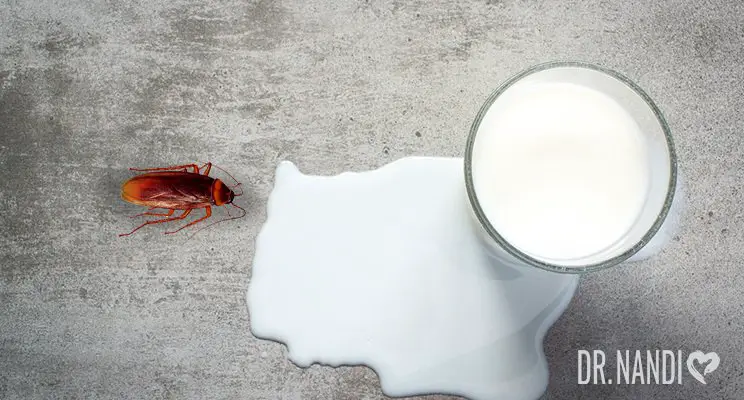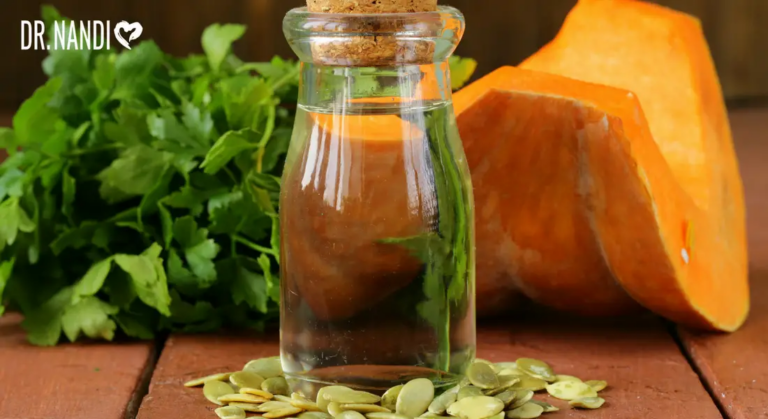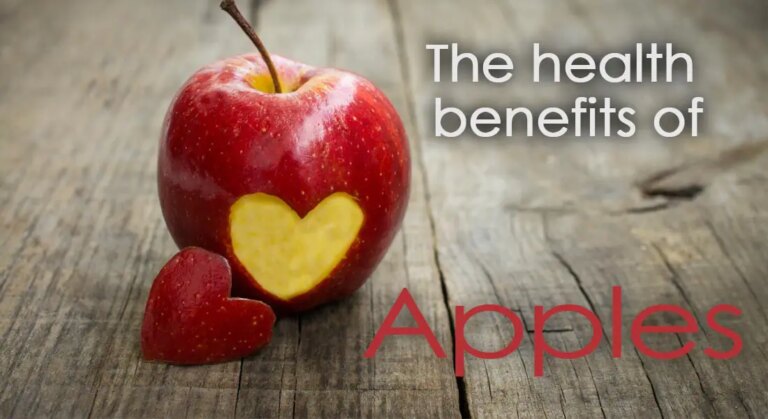Maybe there is a breakthrough for those always looking for new ways to get protein. Cockroach milk!
Yes, you read that right—cockroach milk. There’s no typo.
The thought of any food or drink that has to do with a creeping, crawling insect sends the appetite running in the opposite direction, and maybe you with it as well.
So, where did all this fascination with cockroach milk come from? What does it mean for the world of nutrition? Can you drink it, and should you? I’m here to answer your questions about this new superfood with as little gagging.
What Is Cockroach Milk?
Well, for starters, cockroach milk isn’t milk. It’s a yellow-colored fluid that female Pacific beetles (or the scientific name, diploptera punctata) produce for their offspring. Once this liquid is inside the offspring’s stomach, it solidifies into a crystal form and provides the baby cockroach with all the necessary nutrients for its growth.
All the hype about this new superfood began in 2016 when an international team of researchers published an article about the incredible qualities of cockroach milk in the Journal of the International Union of Crystallography. And it indeed does have excellent attributes! (1)
For example, one single crystal contains more than three times the energy of the same amount of your regular dairy milk. And not only are the crystals a highly concentrated form of proteins and nutrients, but the nutrients have a controlled release, allowing a constant supply of complete nutrients to consumers as needed. (2, 3)
Although it may not sound like the most delicious drink, it has interested many scientists and consumers. The demand for dairy-free alternatives is growing day by day, and with the added nutritional benefits that cockroach milk offers, this may be worth considering!
Unfortunately, it is unlikely that this incredible resource will be readily available anytime soon. Cockroaches can’t be “milked” in the traditional way. They produce such tiny amounts of cockroach milk that it becomes quite a physical and economic challenge to gather enough to sell commercially. So, for now, we are left in suspense, waiting to see if cockroach milk will ever make it to the table.
Other Bug-Based Foods
However exotic it may seem, bug-based foods aren’t a new concept. There are about 1,900 edible insects globally, one of the most nutritious being the black soldier fly. People from many different countries and cultures have been putting insects on the menu for centuries, and researchers are finding that insects are showing real promise as a nutritional resource. Some companies are even learning to harness this healthy resource in products such as protein bars and ice creams. (4)
Conclusion
Although we have, for the most part, chosen to keep insects out of the American diet, the concept has started to pique our interest. And who knows? Maybe cockroach milk will make it on your menu and into your glass sooner than you think.
But in the meantime, while waiting in suspense, we still have several other non-dairy milk alternatives to turn to for our nutritional needs.
Resources:
- http://journals.iucr.org/m/issues/2016/04/00/jt5013/
- https://www.ncbi.nlm.nih.gov/Structure/pdb/4NYQ
- https://www.ncbi.nlm.nih.gov/pmc/articles/PMC4937783/
- https://www.ncbi.nlm.nih.gov/pmc/articles/PMC5701250/




















